Menu

“Floating” Shafts?
If you ask the question, “How much weight should be in the tugs on a two-wheeled cart?”, you will invariably be told by some carriage driving people that your shafts should “float” in the tugs. I think there is a bit of a misnomer in the term “floating shafts”. When I think of that term, I picture air completely around the shaft with the cart totally balanced by the weight of the passengers (below left).

Maybe it’s just me who pictures this with the term “floating shafts”, but I would guess that if I am assuming that is what is meant, there are other people out there who think the same way. When people try to achieve this, they find out that in the “real world” there are bumps, ruts, and the motion of the horse that change the “balance” of the cart. So instead of the cart sliding along smoothly with no weight on the horse, what they end up with is the cart that slams up and down on the horse’s back and girth.


The cart should “rest lightly” in the tugs and stay there. If there is weight in the tugs, the shafts are less likely to “jump” in the tugs and hit the top of the tugs. If the shaft hits the top of the tug, the tug will be caught by the overgirth or wrap strap, and in turn the girth. This puts pressure on the girth. When “floating” shafts are what is trying to be achieved by the beginner driver, the horse receives sporadic pressure and bumps on both the back and the girth by the motion of the cart. More than likely, the driver also feels a jarring ride.
Invariably, when a horse is subjected to a cart adjustment such as this, they experience anxiety and lack of balance. I have seen horses “go hollow” avoiding the slamming on the back from the bouncing shafts. (Ironically, many of these drivers come to me looking for a new bit to bring their horse’s nose in because he is holding it up when the problem is actually in the balance of the cart.) I have seen horses throw themselves sideways in a turn trying not to fall down because they can't balance instead of bending properly. I have fixed many a horse’s behavior, anxiety, and way of going just by adjusting the harness and cart to put more weight in the tugs after the driver has spent hours trying to achieve “floating shafts”.
Some minor weight bore by the horse's back is not a bad thing. It is desired in a two-wheeled vehicle for the reasons listed above. That is the major reason that harness saddles for two-wheelers are expected to be wider than those for driving a four-wheeled vehicle where the only weight the horse is carrying is that of the shafts. It is technically proper to have a wide, heavily padded Gig saddle when one is driving a gig! The typical horse-size saddle for a four-wheel Runabout can be 3" wide or so, while a Gig saddle for a two-wheeled vehicle is 5-6"!
Depending on the style of the cart, the weight can be adjusted by moving the seat, raising or lowering the axle, moving the axle forward or back, or simply raising or lowering the tugs on the harness. You may need a trained eye on your turnout to come up with the best solution. We have a cart that we built and took for a test drive while it was still in "white wood". And we are really glad we did! We wanted to analyze how the cart drove with the horse's motion and human weight in the seat. We ended up moving the axle forward a couple of inches after that drive to take weight off the front end the cart and put more of the driver's weight behind the axle, but still keep some weight in the tugs. You can see the distance from the wheel to the lower bend on the shafts is less in the picture of the cart below. That couple of inches made all the difference. This cart is quite heavy in the shafts without a “warm body” on the seat, but balances amazingly once the driver is on the box.


In the photo below, the shafts are not resting in the tugs. This is actually because the cart has too much weight behind the axle and the cart is being tipped up. The cart is just a little too small for this pony, as seen by the seat being tipped back. The cart seat should be level so the driver can balance well and drive more effectively. You can see that this driver is tipping his body forward some at the hips trying to counteract the backwards angle of the seat, which reduces his arm reach, so his hands are not as far out in front of him as they should be. While the pony is not overfaced by any means, the drivers weight may be compressing the suspension of the cart, therefore putting more of his weight behind the axle and lifting the front of the cart.

By putting this cart to a shorter pony or getting larger wheels to raise the back of the cart, and maybe increasing the bearing load of the springs, the shafts would be more level, the seat would level out, and there would be weight in the shafts keeping the shafts from bouncing in the tugs. You can see that getting the proper balance of a two-wheeled cart has multiple factors and is not necessarily an easy thing!
Truly, "sins are seldom single" and many factors contribute to a good or poor performance of the horse. Getting the proper balance of a two-wheeled vehicle is highly important, and bouncing of the shafts can have a detrimental effect on the comfort, balance, and anxiety of the horse. So when the question is asked, "How much weight should be in the tugs?", you can answer that the shafts should rest lightly in the tugs and stay there. 
- Choosing a selection results in a full page refresh.




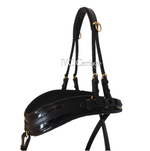
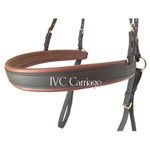



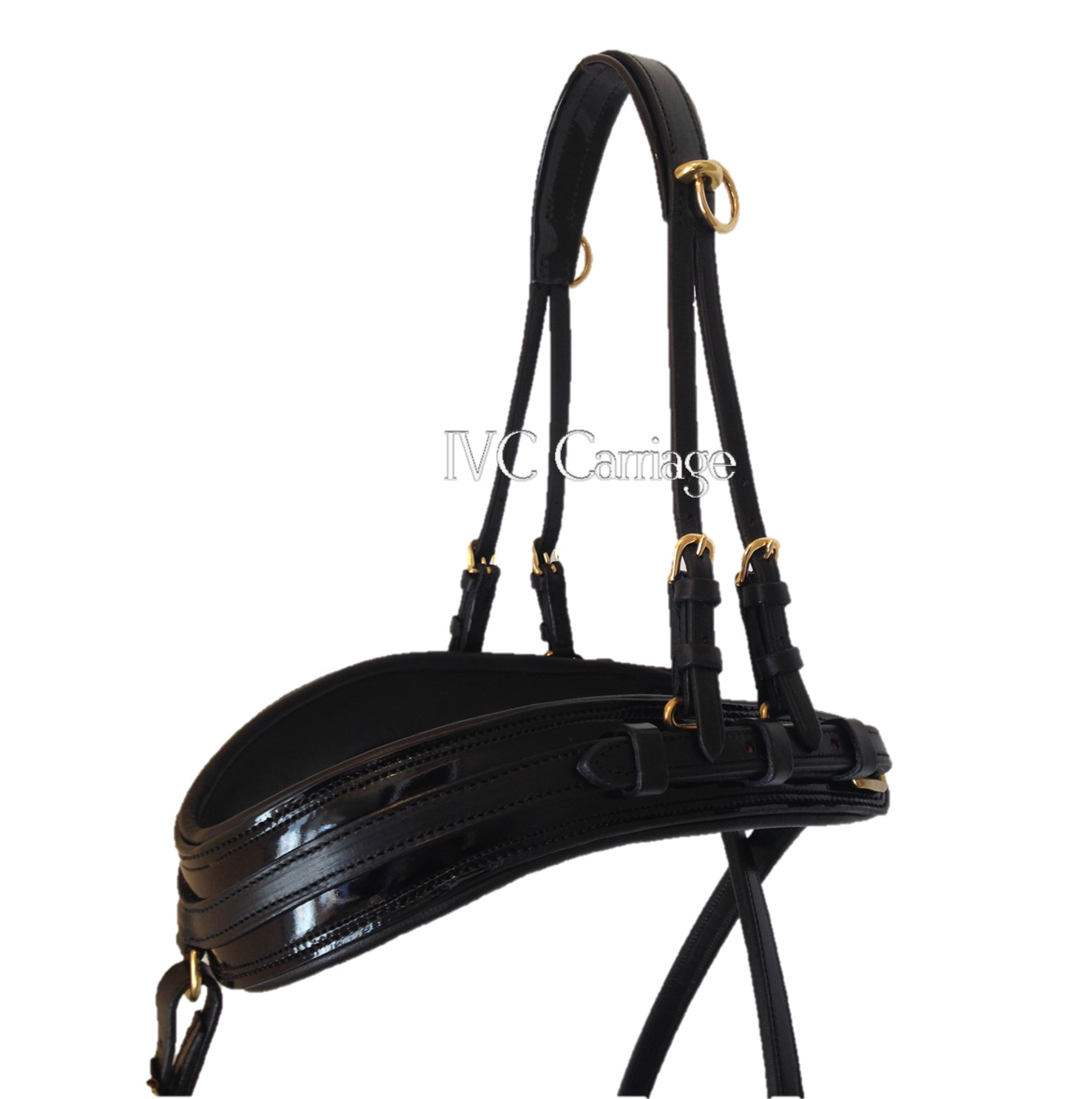
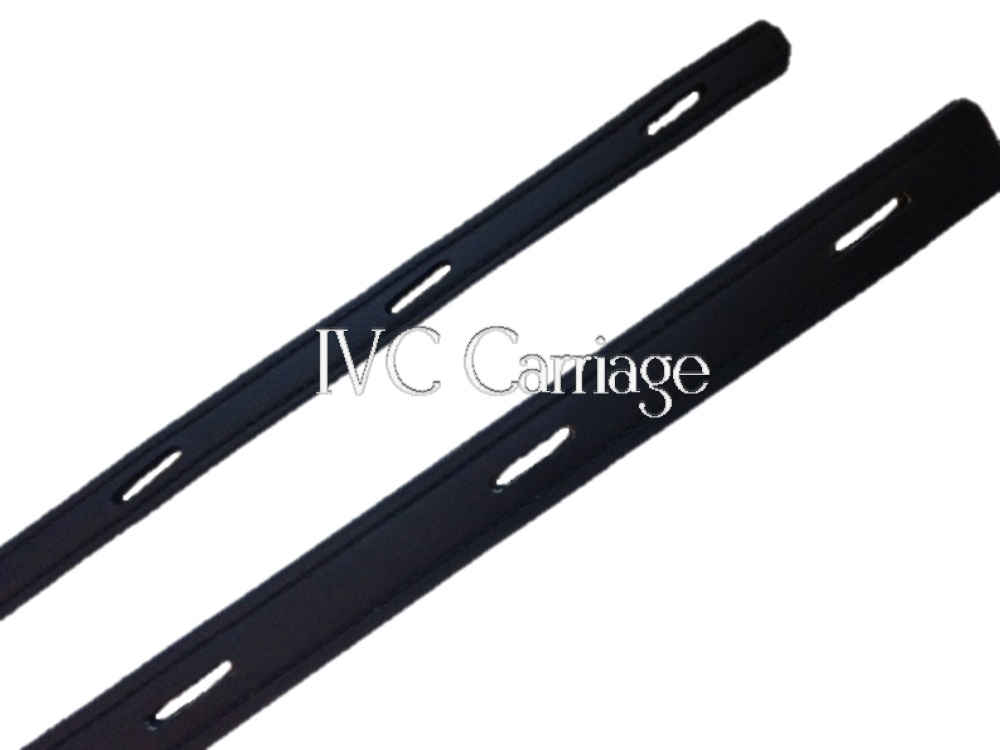
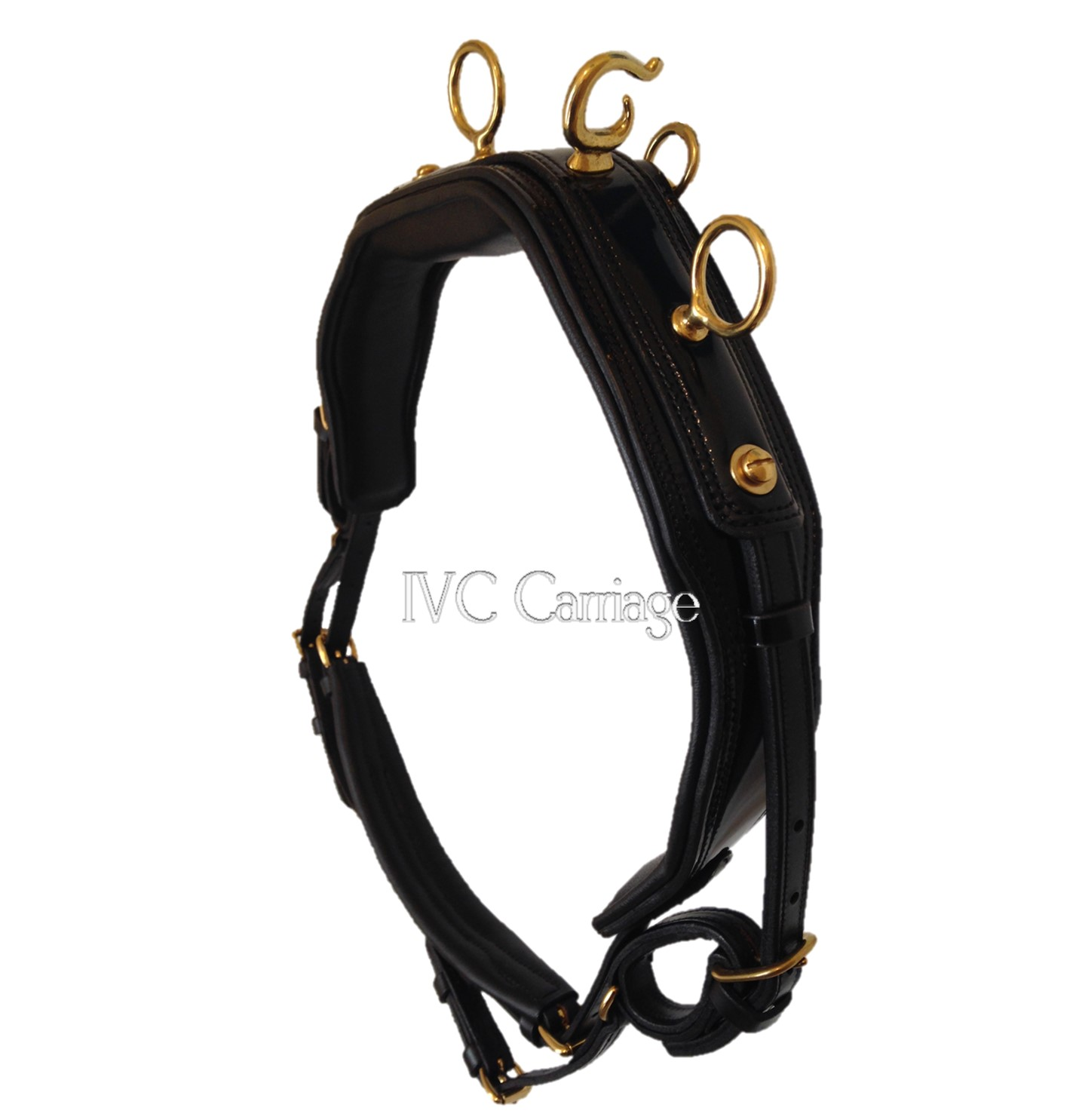
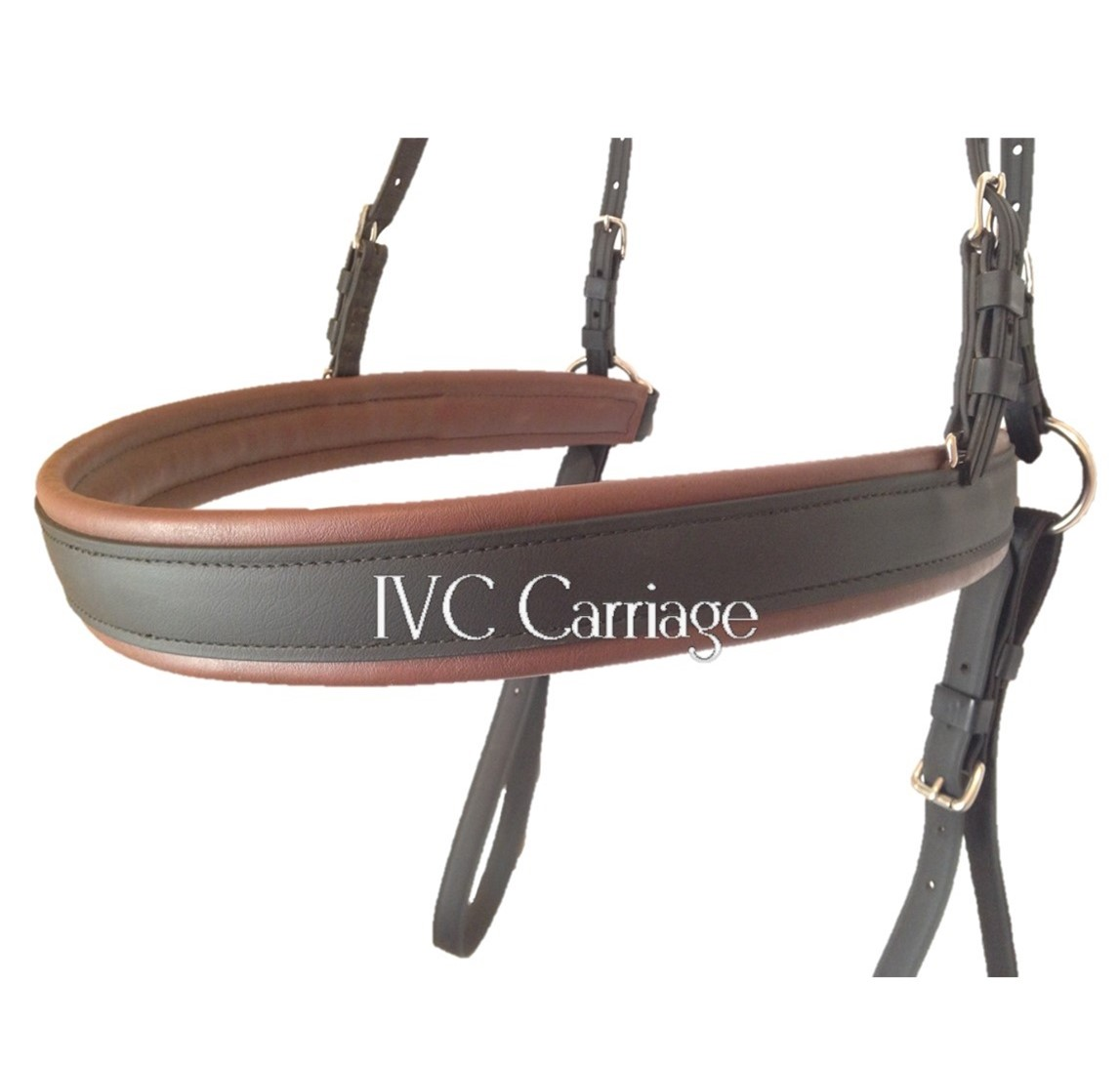
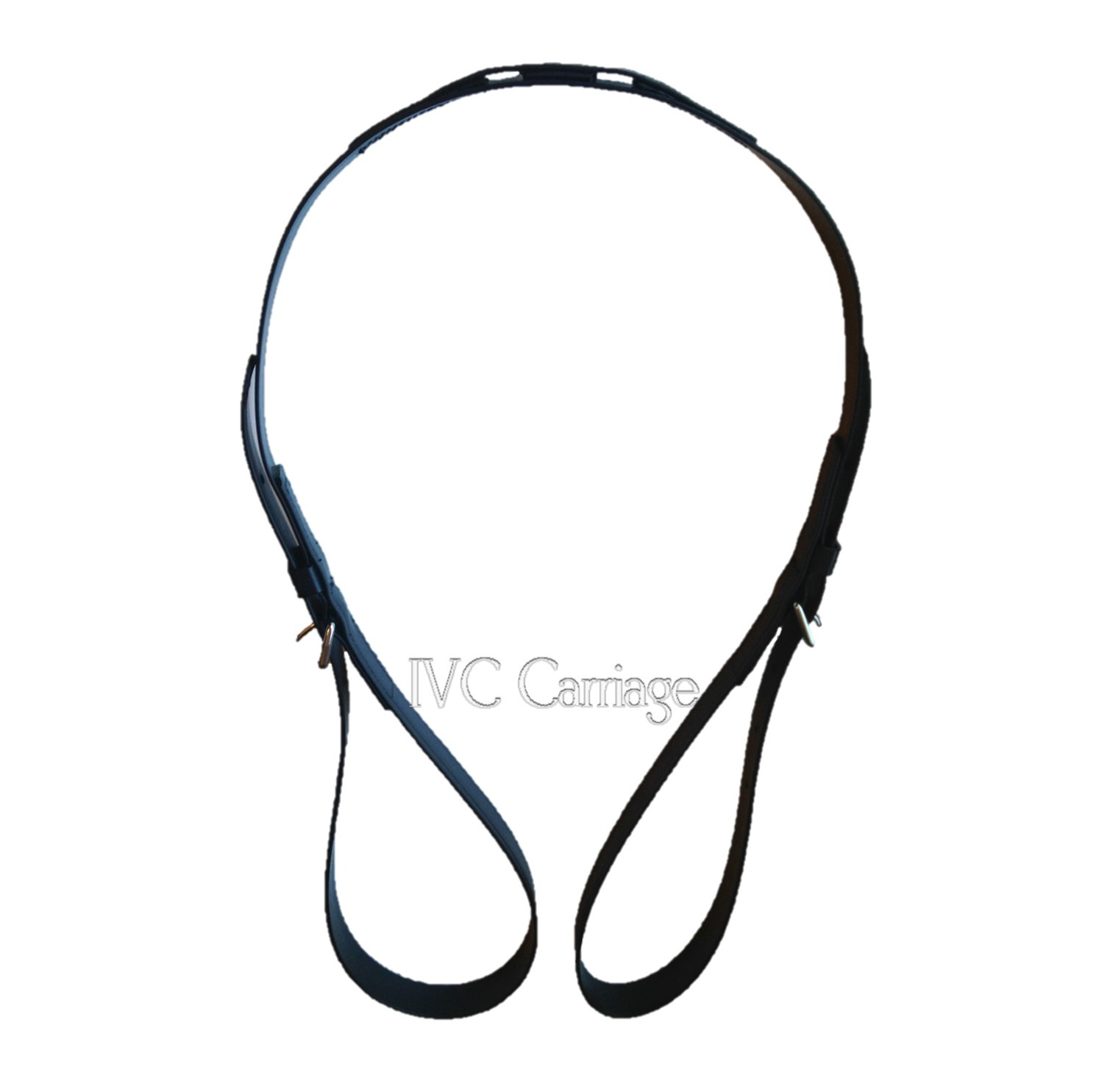
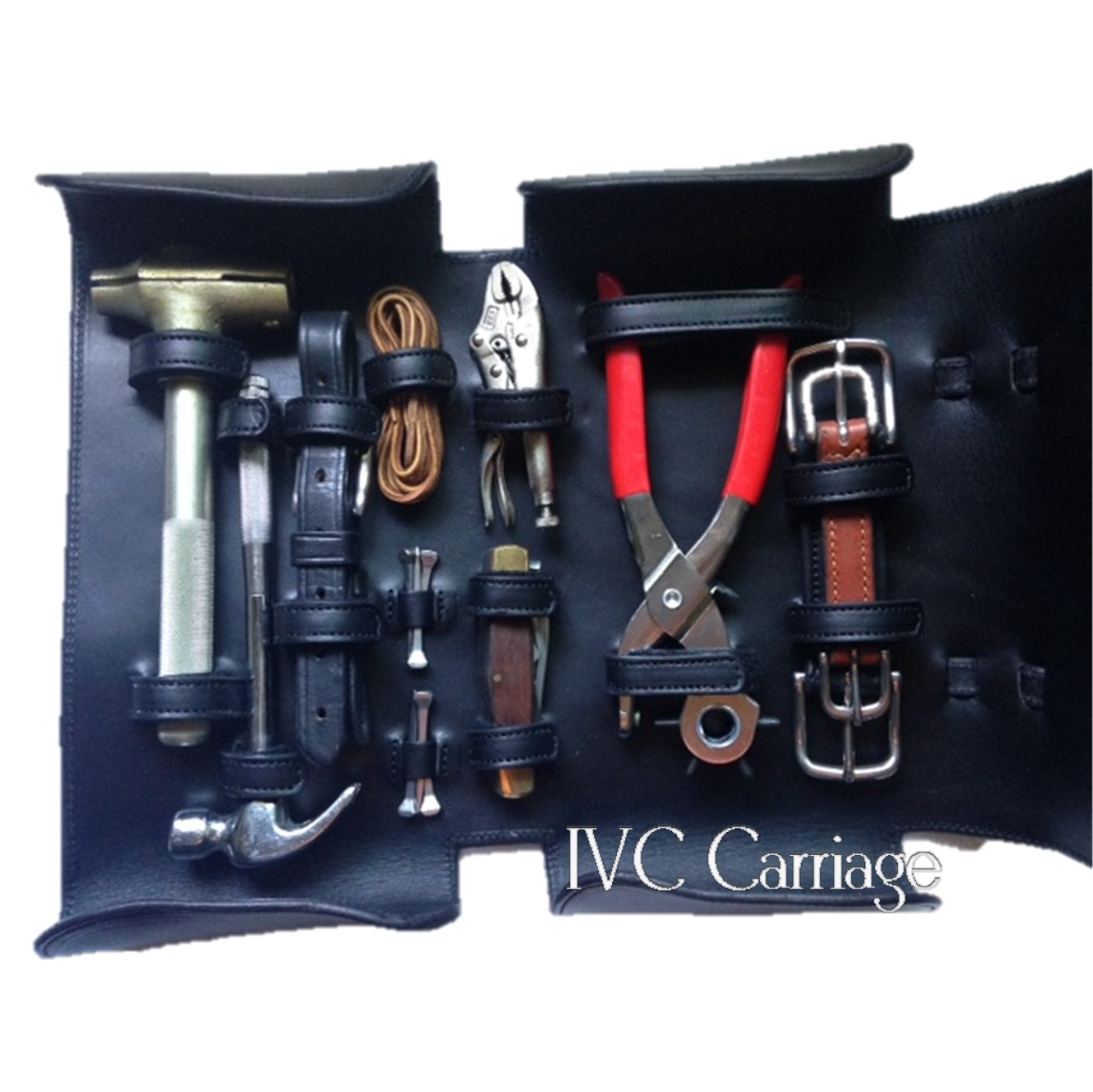

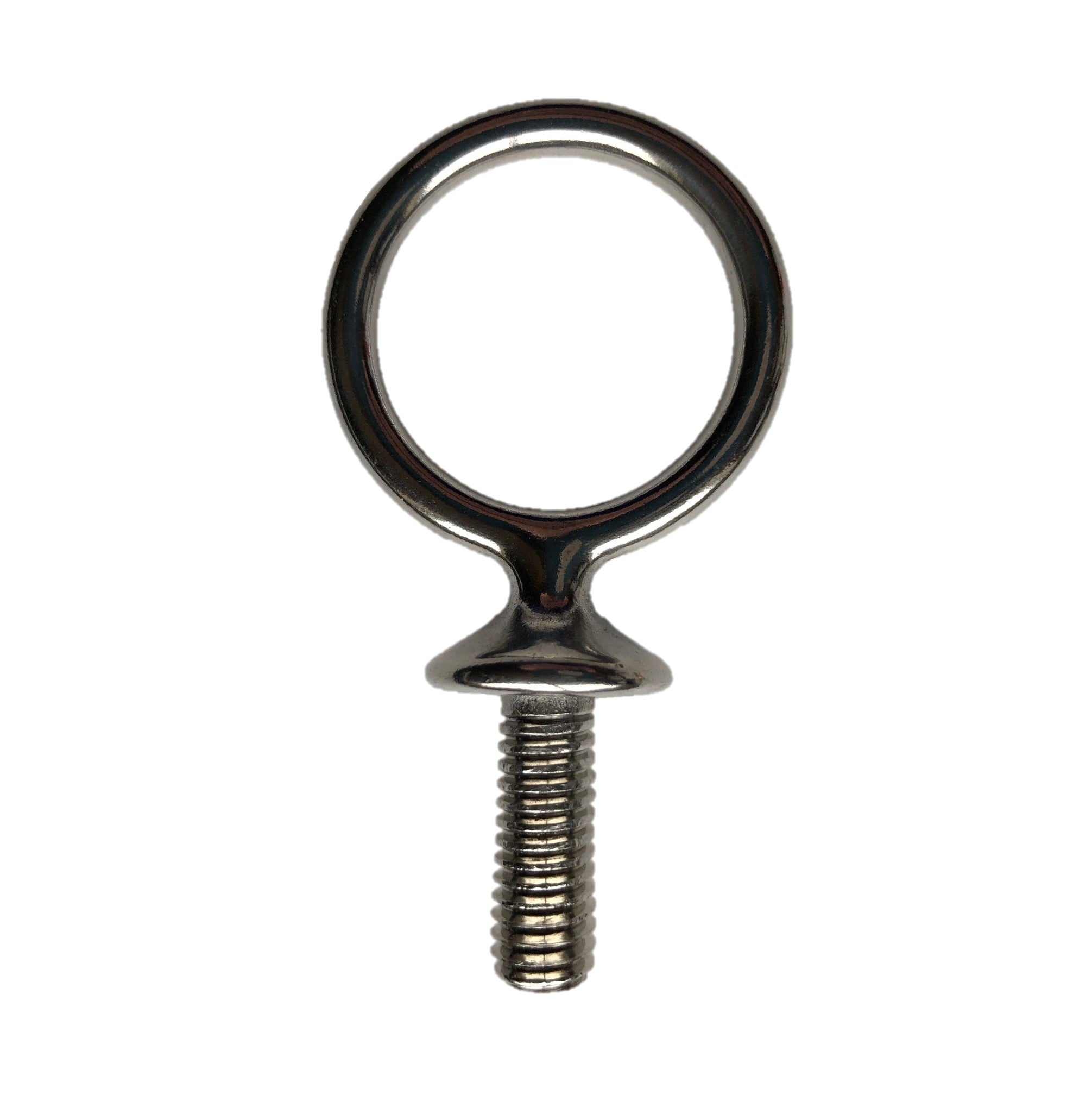












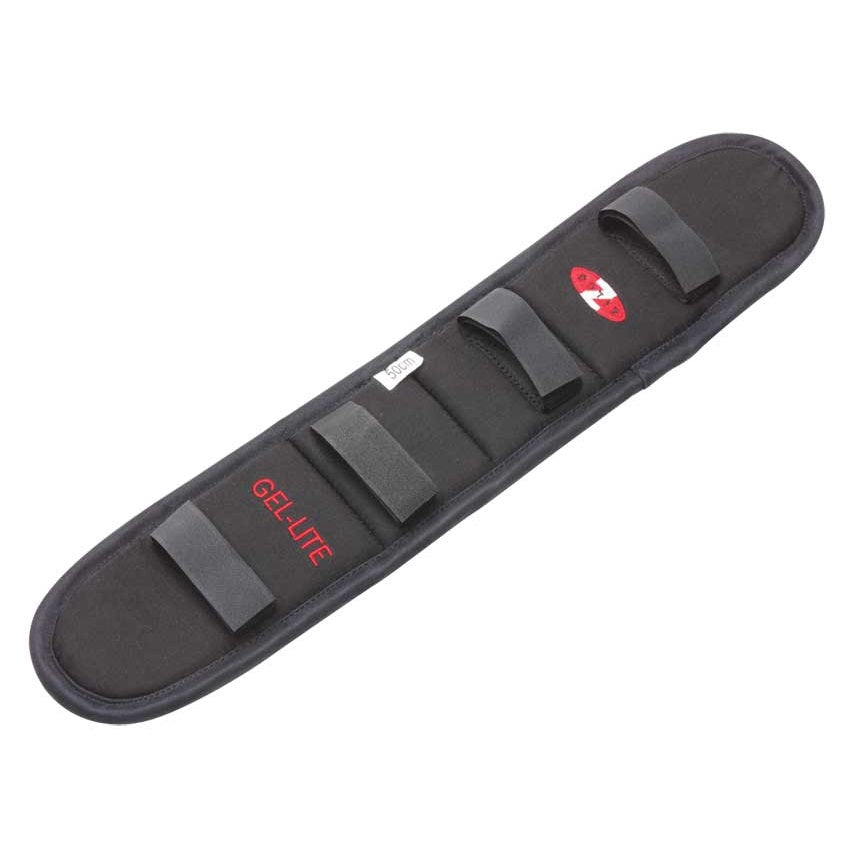
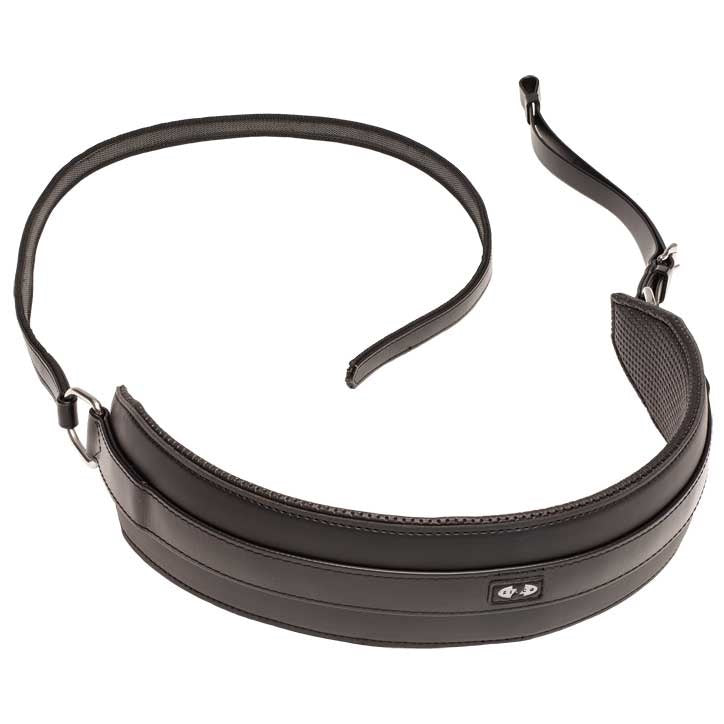




7 comments
Anonymous
Hi Sherry,
It’s hard to tell about the weight/balance of a vehicle without seeing it. That being said, a forecart is technically meant to pull something, hence the term FOREcart. It is before the implement it is pulling. By adding an implement, it usually balances out the vehicle. Forecarts are typically heavy in the front and not really meant to be a single entity on their own.
Sherry
I have an EZ trail haflinger size forecart that seems to be heavy in shaft loops. Can counter weights begin the driver help? Should I consider putting horse closer to carriage? Thanks.
Anonymous
Hi Patricia,
Actually, my comment is referring to the photo below the paragraph with the cart put to the gray pony. :-)
Patricia Fulkerson
Wondering why you said that the blue cart is a little too small for that pony? It looks good to me. Rest of this very good information and very helpful, thanks for posting.
Margo Cox-Townsend
Pretty much exactly what I would have said, Myrna! Only thing I might add is to remind drivers to be particularly aware also that the overall balance of a two-wheeled cart is particularly affected by adding one or more passengers.